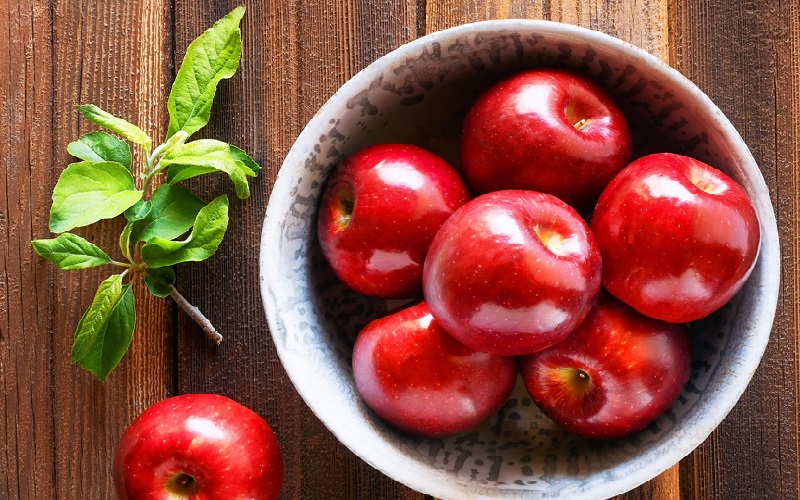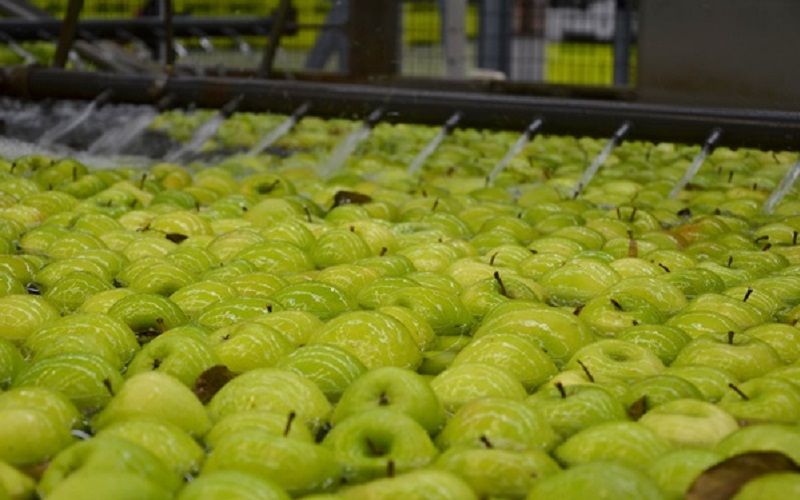Search Products
Food, Feed, Cosmetic
Natural wax for export fruit

Apples naturally develop a coat of wax when they are growing to help protect the fruit and to retain moisture and therefore firmness of the apple. Once picked, the apples are cleaned, removing this natural coat of wax. Often, a food-grade wax is applied to replace the naturally-occurring wax to provide the same benefits, including a nice glossy shine.
In December 2016, Woolworths and Coles both decided to sell more apples with no added wax.
Safety of apple waxes

There are two main types of food-grade wax products that are applied to apples – one based on carnauba wax and the other on shellac. Because of their excellent properties in making food look shiny, carnauba and shellac are also used in other food products, including chocolate and confectionery.
Shellac comes from a secretion of the lac bug – a beetle that is found in Thailand and India. Shellac is not actually part of the beetle itself – so you’re not eating beetles when you eat shellac – it’s a secretion from the beetle that the females use to protect her eggs. Food-grade shellac produces a really shiny finish on apples. Around 85 per cent of the apple waxes used in Australia are shellac-based.
Carnauba wax comes from the palm tree Copernicia prunifera that is only grown in Brazil – it is a completely different species to the palm tree used to make palm oil. Carnauba wax is derived from the dried leaves and while not as shiny as shellac it is more stable in a wider variety of humidity and temperature conditions. Around 15 per cent of the apple waxes used in Australia are carnauba-based.
Both carnauba wax and shellac are approved as food additives in Australia by Food Standards Australia and New Zealand (FSANZ). They can be recognised on ingredient labels on other products as glazing agents 903 (carnauba) and 904 (shellac).
Both products are also approved all over the world including in the United States of America, Europe and the United Kingdom. In a 2012 review of the safety of carnauba wax, the European Food Safety Authority stated that: “…the use of carnauba wax as a food additive with the currently authorised uses [including the waxing of apples] would not be of safety concern.”
Applying wax to apples

After the apples are harvested they are taken to the packing shed where they are cleaned to remove debris such as leaves. Australian apple packing sheds comply with all relevant food safety and hygiene standards to ensure consumers can confidently enjoy the safest fresh produce possible – cleaning fruit is part of these standards.
During the cleaning process the naturally-occurring wax on apples is removed and a thin layer of replacement wax is applied to the surface of the clean apple by either dipping, brushing or spraying the fruit with the required wax.
The resulting layer of wax is almost undetectable to the human eye and only one or two drops of wax are used to cover the entire apple. Most apples in Australia are waxed, but unwaxed apples can also be found.
Benefits of waxing apples
The primary benefit of applying wax to apples is that it makes the apples look shiny. Australian consumer and retailer feedback suggests shiny apples are preferred and therefore growers have committed to delivering this premium product. Also, some research shows that waxing apples helps to keep apples crunchier and firmer for longer by retaining moisture inside the apple and preventing the apple going dry and shrivelling up. This helps increase the shelf-life of the apples and adds to other factors that contribute to consumers having a good experience when they eat their apple – such as the variety and taste of the apple.
(apal.org.au)



